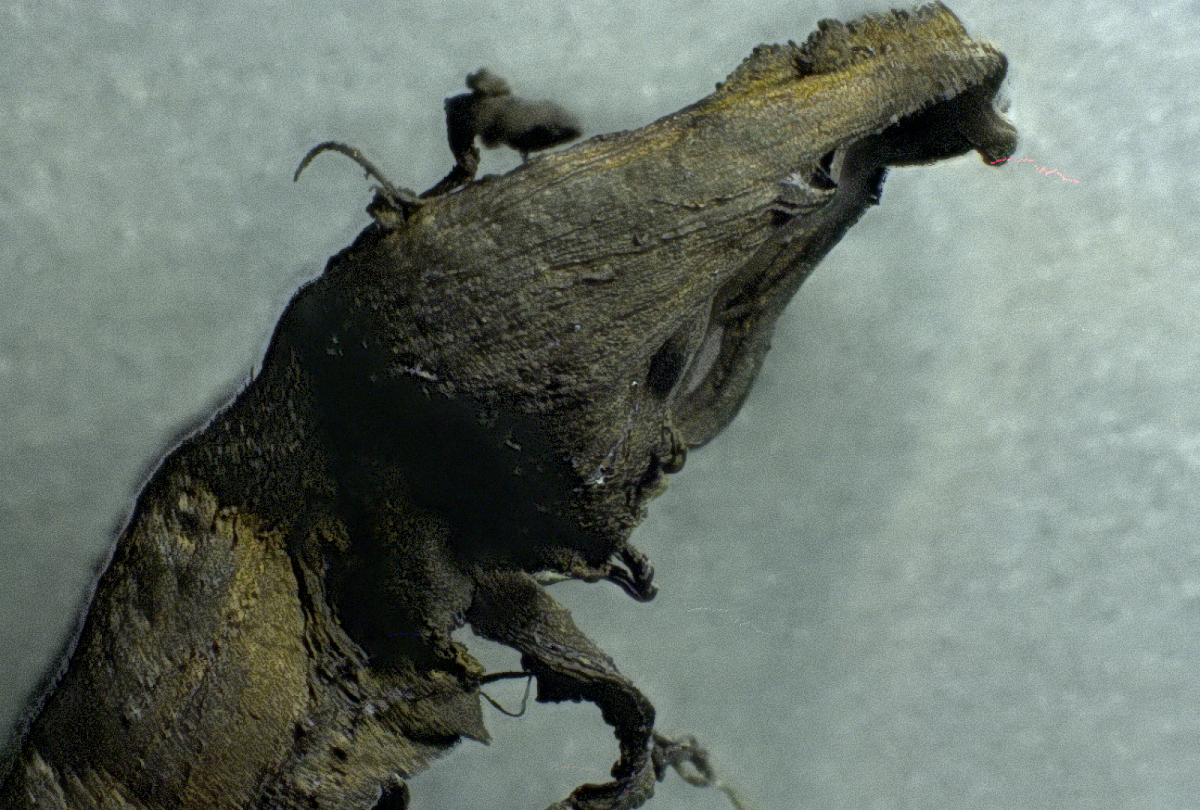Astronomers say “technosignatures” can be used to find advanced alien civilizations
11/02/2020 / By Virgilio Marin

During the recent Astrobiology Science Conference held in Washington, astronomers said that strange signals from distant exoplanets called “technosignatures” may point to the existence of intelligent civilizations elsewhere in the cosmos. With recent technological developments, the scientists said that they may one day be able to detect technosignatures should advanced alien species exist.
Searching for technosignatures
Detecting technosignatures requires looking for anomalies in existing data, which could indicate the presence of something unnatural. A planet may be reflecting too much light, or radio signals coming from space may appear to be modulated.
There are several types of technosignatures. Chemical signatures like atmospheric pollution could mean complex life is engineering its environment, according to Joseph Lazio, an astronomer at the National Aeronautics and Space Administration (NASA)’s Jet Propulsion Laboratory. Meanwhile, “self-luminous” signals such as artificial illumination, radio or laser communication could also be indicators of an intelligent alien species.
The ultrafast blinking of a star is also a potential technosignature as it can be caused by an advanced civilization. “It’s not really all that difficult, we can do it today on a lab bench,” said Lazio. Man-made lasers, for instance, can release photons trillions of times a second and give off a rapid blinking effect.
Svetlana Berdyugina, the director of the Kiepenheuer Institute for Solar Physics in Germany, says that her team is on the hunt for such light signals. By tracking the starlight reflected by an exoplanet over time, they can create a light curve that will hint at what the planet’s surface looks like and reveal the presence of any unusual features. For instance, a giant megastructure will reflect light in a manner different from an empty field.
According to Berdyugina, they previously used this technique to map geographic features on planets and moons in the solar system, as well as distant exoplanets. They’re now working to understand if this technique will allow them to detect city lights on a planet’s surface.
NASA is also engaged in its own efforts to detect technosignatures. The agency recently awarded a grant to a new search for extraterrestrial intelligence that involves studying atmospheric technosignatures. The researchers will focus on artificial gases that are likely produced by an advanced alien species. Once completed, the study may help astronomers know where and what to look for when searching for technosignatures.
Telescopes for technosignatures
Astronomer Thomas Beatty of the Steward Observatory at the University of Arizona highlighted the importance of looking for something artificial but feasibly detectable given the current technologies.
He said that one area of enormous potential is to look for myriad night lights on the surface of distant exoplanets. A proposed, space-based telescope called the Large Ultraviolet Optical Infrared Surveyor (LUVOIR) could be an excellent tool to hunt for these city lights. If it gets built, LUVOIR’s 26- to 52-foot mirror would allow scientists to scan exoplanets and measure gases in their atmosphere. Those measurements, in turn, could contain valuable information for detecting technosignatures. (Related: Aliens may have already polluted the universe, say scientists.)
Existing land-based telescopes like the Extremely Large Telescope or the Giant Magellan Telescope, both of which are in Chile, may also augment efforts to detect city lights on exoplanets. These telescopes, however, don’t have the precision of a space-based telescope like LUVOIR so city lights from a distant alien world have to be really strong to enable detection using these telescopes. This means that an exoplanet needs to have 10 to 20 times as many cities as Earth for them to be able to detect it.
Submit a correction >>
Tagged Under:
advanced alien technology, aliens, astronomy, cosmic, ET, exoplanets, future science, intelligent alien life, NASA, research, signs of alien life, Space, space & tech, space telescope, technosignature
This article may contain statements that reflect the opinion of the author




















